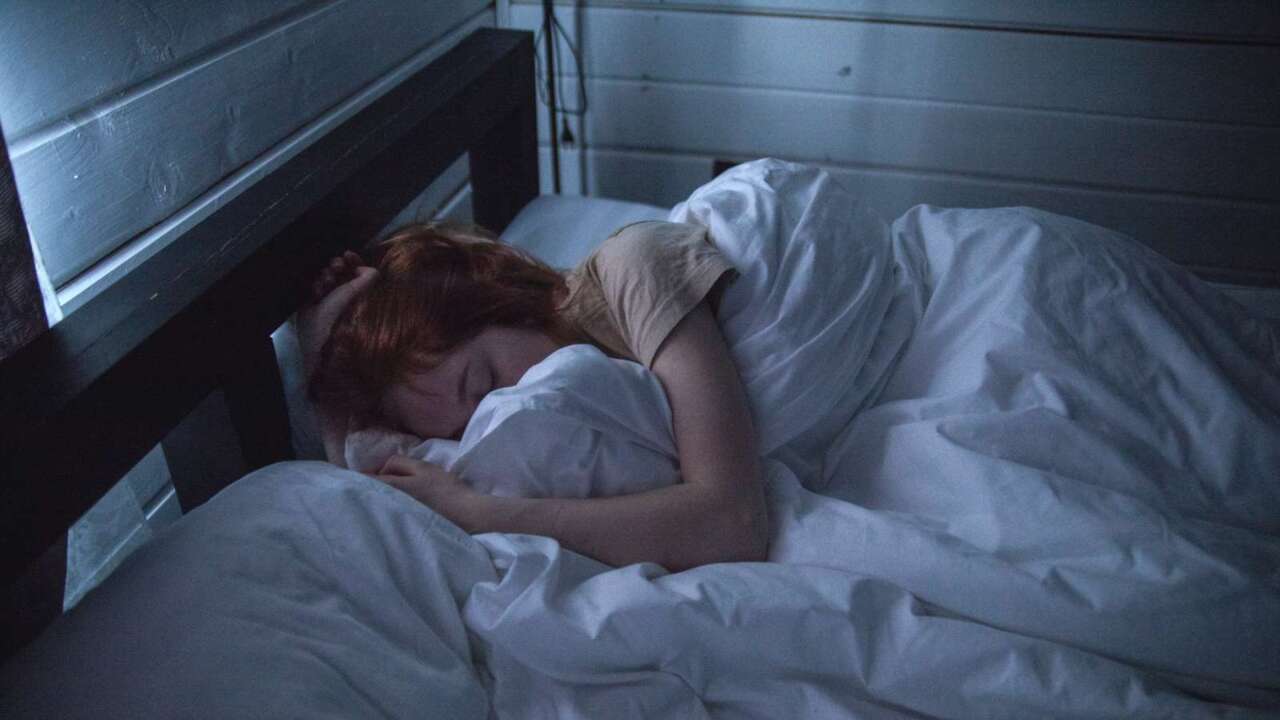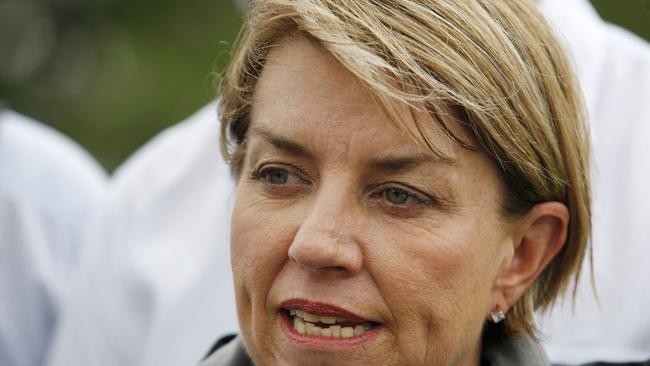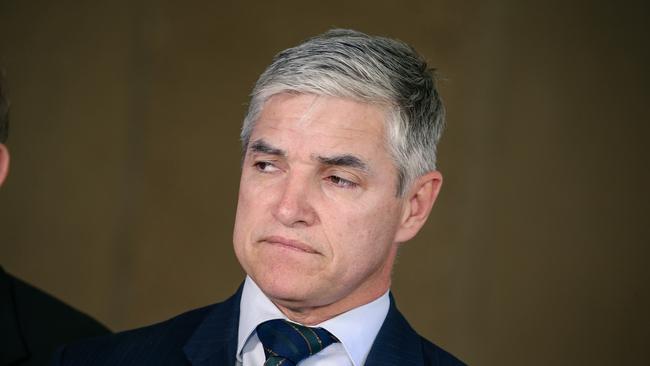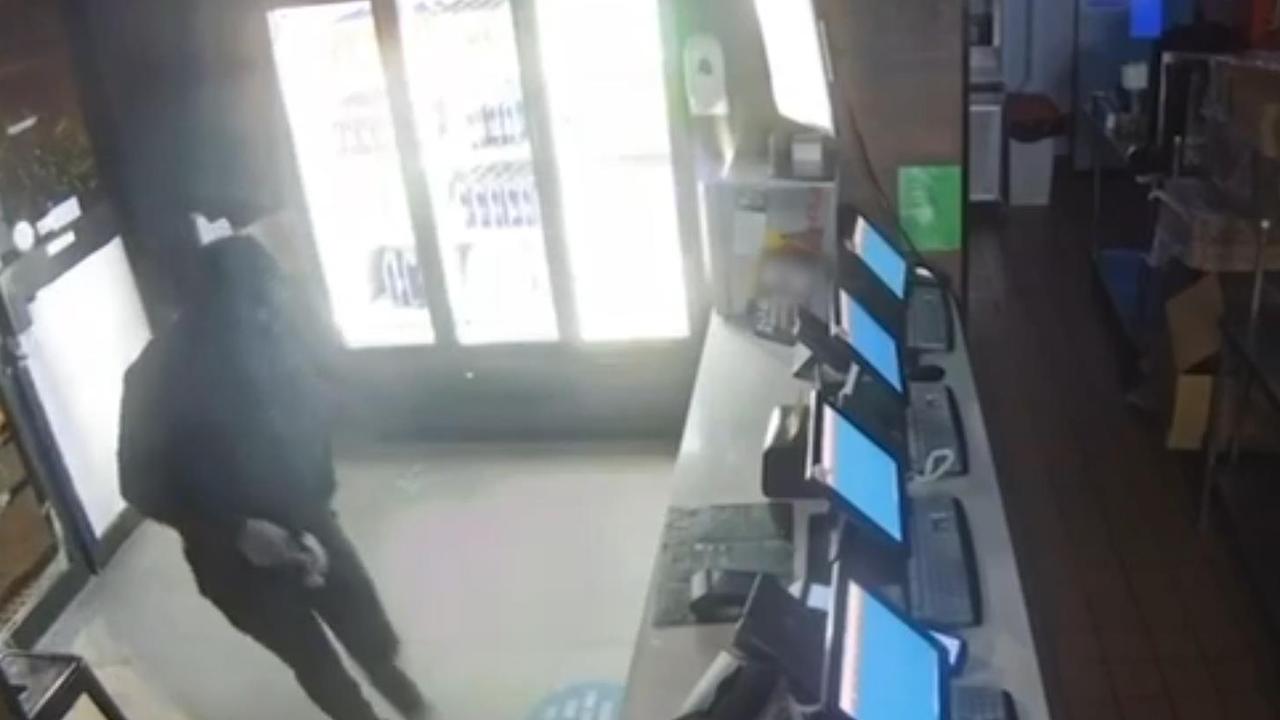Explained: The real arguments for and against daylight saving
More than three decades after the trial and referendum on daylight saving in Queensland ended in support of the ‘no’ side, the calls for change continue. This is the history of the campaign and arguments for both sides of the debate. VOTE IN POLL

QLD News
Don't miss out on the headlines from QLD News. Followed categories will be added to My News.
Queensland is about to enter the annual daylight saving “time warp”, when southerners turn their clocks forward an hour on Sunday morning.
It’s a period of perennial debate in the Sunshine State as pro and anti-DLS campaigners wheel out their annual arguments for and against Queensland falling into line with NSW, Victoria, Tasmania, South Australia, the ACT and Norfolk Island.
The last time Queensland had daylight saving, you could buy a new Holden Commodore for less than $3000, petrol was 62c a litre, Strictly Ballroom would become the year’s top-grossing film in Australia and Achy Breaky Heart by Billy Ray Cyrus went on to top the charts.
But 1992 was the year that broke the hearts of daylight saving supporters as a referendum on introducing the time change permanently following a three-year trial was defeated 54.5 to 45.5.
It led to the repeal of the Summer Time Act of 1990, which had decreed that: “Notwithstanding anything contained in the Standard Time Act of 1894, from the hour of two o’clock in the morning of the last Sunday in October each year until the hour of two o’clock in the morning of the first Sunday in March in the year next following, summer time is throughout Queensland one hour in advance of standard time and is to be observed accordingly.”

That was more than three decades ago and the calls for another trial or referendum have continued pretty much every year since.
In 2006, then-Premier Peter Beattie ruled out daylight saving for Queensland, arguing it would increase skin cancer. His claim was shot down by the Queensland Cancer Council, which said there was “no evidence” daylight saving contributed to skin cancer as the middle part of the day was the most dangerous for UV exposure.
The following year, Beattie’s successor, Anna Bligh, declared daylight saving a “dead issue” but performed a U-turn in 2010 after independent MP Peter Wellington introduced a private member’s bill proposing split time zones for Queensland.
Bligh took to Twitter to announce she was seeking public feedback on the issue, canvassing MPs and launching an online survey.
“There’s a number of people, including myself, that would love to see daylight saving here in the south east corner,” she said at the time.
Almost 75,000 Queenslanders responded to the poll, with 64 per cent in favour of a daylight saving trial in the South East and 63 per cent backing a referendum.
But Bligh said with results showing 76 per cent of regional Queenslanders opposed a trial and 65 per cent against a referendum, there was a “clear divide”.

“We accept that we’re a Government for the whole state and that means governing for regional Queensland and doing the right thing by all parts of the state,” she said.
“Regional Queensland is implacably opposed to any splitting of the state and any split time zones.
“After quite a bit of discussion we’ve resolved that we won’t be supporting Peter Wellington’s private member’s bill.”
Successive governments have ruled out a return to daylight saving, with Premier Annastacia Palaszczuk saying in Cairns this week: “I believe in one Queensland, not a divided Queensland.”
That was despite a recent University of Queensland study showing 67 per cent support for daylight saving.
Dr Thomas Sigler, a UQ senior lecturer in human geography and long-time daylight saving advocate, said the support would be closer to 80 per cent if those living “north of Bundaberg and west of Toowoomba” were taken out of the equation.
“It’s pretty obvious, if you can see the sun all day you don’t care when it rise or sets. That hour at the end is paramount,” he said this week.
A research project by Dr Sigler in 2021 found not having daylight saving was costing Queensland’s economy about $4b annually.

In an opinion piece last October after the research was released, AgForce general president and beef producer Georgie Somerset said the long-running joke among southerners was that Queenslanders did not want daylight saving because it “confused the cows and faded the curtains”.
“While I can’t speak for everyone, I can say that daylight saving doesn’t benefit the working farm day – and that’s not because it confuses the cows or fades the curtains,” she wrote.
“As a beef producer, it’s hard to support a move that would create longer days for an already tireless workforce. Rural life begins at 4am, regardless of whether or not the sun is up.
“We don’t wind down at the end of the day and enjoy a beverage in the sunshine, we continue to toil. Other parts of the world embrace different time zones, so I find it strange Australia can’t.”
Mt Isa-based MP Robbie Katter, who leads Katter’s Australia Party, said Queensland was “more than just Brisbane”.
He said people living in the bush endured enough hardships without having daylight saving imposed on them to make life “unbearable”
“You want to throw this on top of us as well but you’ll be happy to take all the (mining) royalties … I think that’s pretty unfair and pretty un-Australian,” he said.
“I don’t think the 67 per cent (who support daylight saving) are thinking about business and the economy, I think they’re thinking about the convenience for them and their lifestyle.”
He said he would be “very surprised” if opposition to daylight saving in Mt Isa – which made a huge contribution to the state’s economy through mining – was not running at around 95 per cent. In the 1992 referendum, only 1652 Mt Isa residents voted in favour of DLS with 12,486 against.

Mr Katter said South East Queenslanders enjoyed many benefits in terms of transport, infrastructure and health and education services.
“I’d ask people advocating for that (daylight saving) to put yourself in the mind of a battling family out here that’s putting kids to bed at eight or 9 o’clock at night when it’s still hot, and trying to draw curtains or putting tin foil up in your windows,” he said.
“It’s oppressively hot up here in summer and, yes, we choose to live here but it’s a pretty bloody big thing.
“You’ll have a 30 degree day but we’ll have a 45 degree day and we’ve got to deal with sunlight when we’re trying to go to bed. We already suffer so much adversity.
“No-one complains about a lot of stuff out here but there is a threshold and daylight saving is the line in the sand.”
Mr Katter said while the liveability in places like Mt Isa would be “thrown out the window” if daylight saving was introduced, South East Queenslanders had “a lot to give” before not having DLS impacted their lifestyles significantly.
But he said he would welcome another debate on separate time zones for Queensland as it would also open up discussion about turning the north into a separate state.
David Jones, of the Daylight Saving for South East Queensland (DS4SEQ) lobby group, said: “You can’t ask the people of Mt Isa to be on DLS – it’s just not right.”
But he said it was also “not right” that “the good folk” of small cities and towns like Mt Isa were holding sway over the South East where the majority of Queenslanders lived.
He said while regional Queenslanders might not want daylight saving, “industry certainly does”.
“A lot of people focus on the lifestyle but I’ve always focused on the economics,” he said.
“If you’re broke, you can’t do a damn thing.”

Mr Jones – whose 2021 petition to state parliament calling for daylight saving for at least the South East attracted more than 18,000 signatures – said there had been a lack of political will on daylight saving.
He said he was concerned that with LNP leader David Crisafulli also opposing daylight saving, Queensland risked being denied it in the lead-up to the 2032 Olympics.
“The politicians are too afraid to change,” he said.
“Now we have a problem because the Liberal Party won’t move, the Labor Party won’t move and we’re going to go round and round in circles and you and I can have this same conversation next year.”
But Mr Jones said he had not given up hope and believed the likes of Brisbane Lord Mayor Adrian Schrinner, a vocal daylight saving campaigner, could help MPs “see the light”.
Read related topics:Explainers



